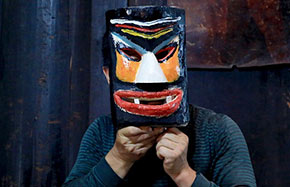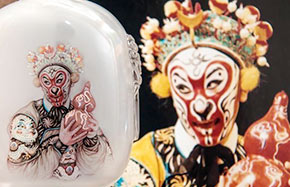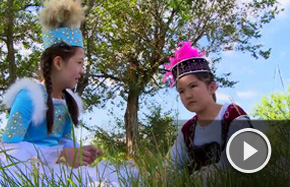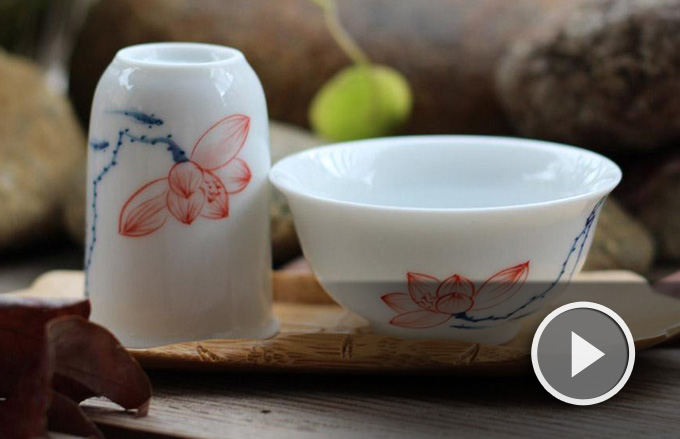Porcelain for posterity
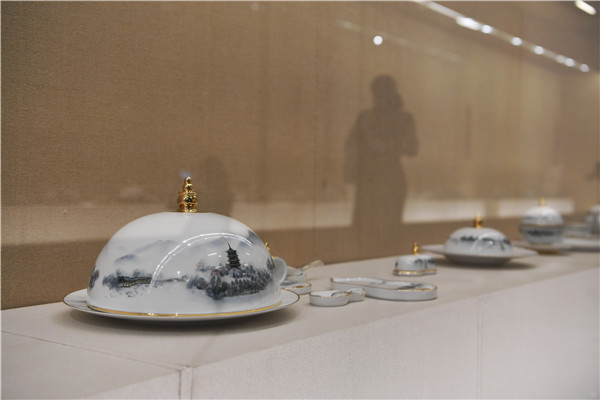 |
|
Exhibits include sets of dinnerware used as state gifts and at official gatherings. [Photo by Jiang Dong/China Daily] |
The exhibition showcases works that celebrate the excellence of the "five great kilns" in the Song Dynasty-the Jun, Ru, Guan, Ding and Ge kilnsand as well as pieces representing the Longquan kilns.
Besides the works from the kilns there are copies of other classic ware from the state museums, including a Song vase modeled after zun, a kind of bronze ware.
The original piece is in Shanghai Museum, and the piece on display was produced last year by Wang Jianwei, 52, from Henan province.
There are also works from the Heavenly Clothes painting series by Sun Jun, which depict the elegance and lightness of clothes blowing up by wind.
Lyu Zhangshen, director of the National Museum of China, says the exhibition showcases the artistic heights of Chinese porcelain, and the efforts of today's artists in carrying forward these traditions.
He says the ceramics fired at the five great kilns were exported to West Asia and Africa via the ancient marine Silk Road as early as the Tang Dynasty and through the Yuan Dynasty, and after the late 14th century they were sought by European royalty.
"Chinese porcelain had cast an influence on the economy, technology, culture and daily life of different regions," he says.
He says, however, that later the country suffered a sharp decline in the porcelain industry because of social turbulence and underdeveloped production capacity, not to mention global competition. He says many of the artists featured at the exhibition are among the first-generation from State-owned factories, which were established between the 1950s and 1970s.
The factories were mostly located at the former sites of the "five great kilns", and they sought to revive dying techniques.




